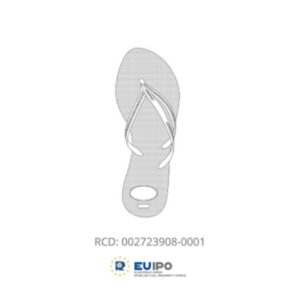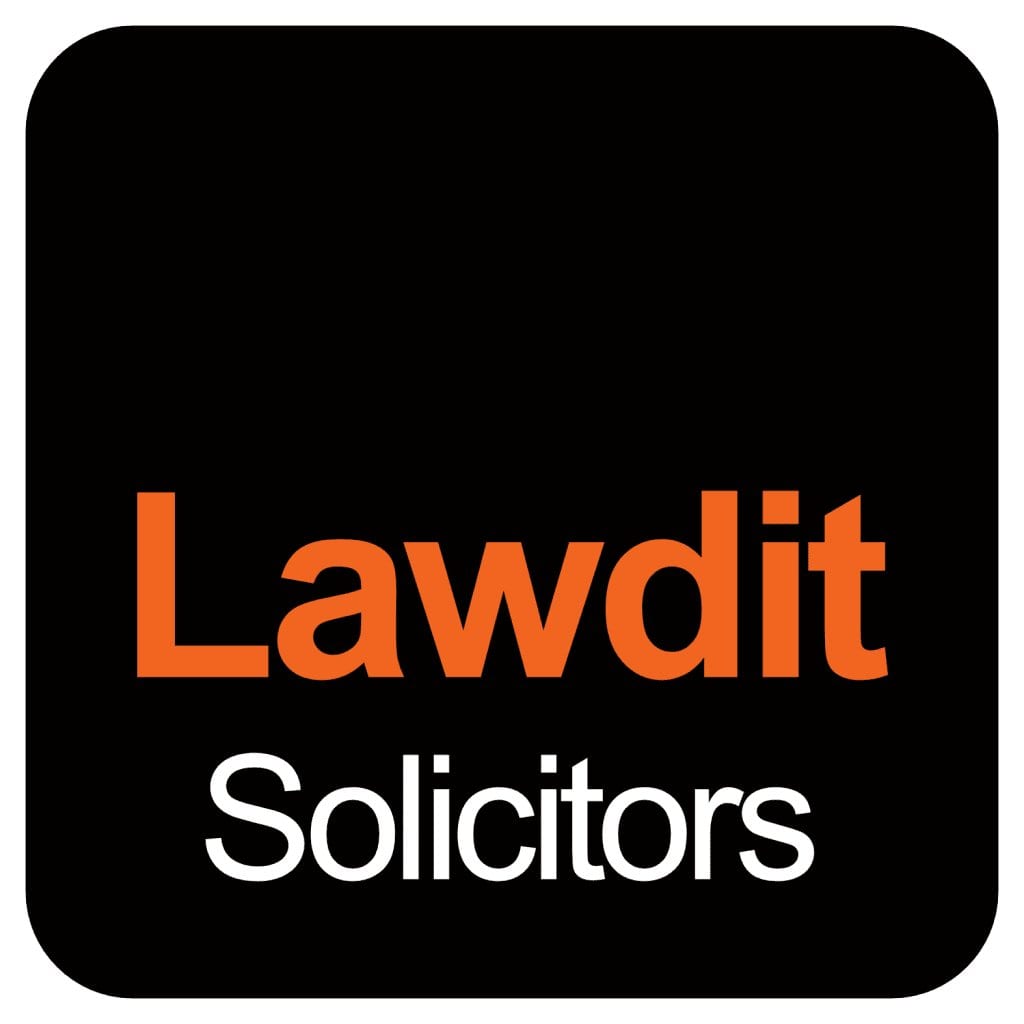Reasons for Opposing Trade Marks
A trade mark effectively is a ‘badge of origin’ which helps customers identify where the product originates from, therefore the reputation of the proprietors of that product is also protected since no one else can benefit from it but them. If there is belief that a trade mark will cause confusion with another registered or unregistered trade mark, then grounds for opposing it might exist.There are two qualifications for a mark to be likely to cause confusion. Firstly the mark needs to be identical or similar to another already in use and secondlythe goods or services associated with it according to the application are identical or similar to that of the earlier mark.
When is an opposition for Trade Marks possible?
A trade mark’s registration can be opposed either after publication or after registration; however the process is different for each occasion.
After Publication
To begin with after an acceptance of an application the trade mark is published in the Trade Mark Journal. After that publication there is a two month timeframe for an opposition of the registration. There are two ways for an opposition to happen, either by a third party observation or by raising a formal legal objection.
Third Party Observation:
This is a less formal process during of which a third party makes an informal objection informing the Intellectual Property Office (IPO) that there is belief an application has been mistakenly passed. This must include any relevant facts for the IPO’s decision. The IPO can decide if or not it will act on this observation.
Formal Legal Objection:
This is a formal process based on the absolute or relative grounds for refusal of registration.This can be against one part of the application it does not need to be against the whole of it.
- When a mark does not comply with statutory requirements it can be refused registration due to absolute grounds for refusal of registration. There are three categories which include amongst others too generic marks for the relevant goods/services, non-distinctive marks and too descriptive marks.
By Whom?
A trade mark application for registration can be opposed under the absolute grounds for refusal by any man whether or not linked to the mark.
- When an earlier trade mark or right exists which are in conflict with the new application then an opposition may be raised under relative grounds.
By Whom?
For an application to be refused under these grounds an opposition may be raised only by the proprietor of the earlier trade mark or right.
After Registration
After trade mark registration the mark can be opposed through legal action. There is no time limit for this, however it could be more appropriate to negotiate with the proprietor of the mark before any other action is taken if this fails there are three legal options:
- Invalidation: This option is relevant if the uniqueness of the trade mark is at stake or it is similar or the same with another registered or unregistered trade mark. If this process proves successful it will remove the mark from the register.
- Revocation: The application of this option is possible if the proprietor of the trade mark is either not using it (if the trade mark has not been used for five years without reason) or the mark has become too generic.
- Intervention: This process is only relevant when another new owner or a subsidiary company and not the actual proprietor of the registered trade mark interested in it. When there is such a case the interested party has the right to apply in order to be involved in legal actions such as invalidation and revocation. Although this is not seen as a way to oppose a trade mark it can be seen as a way to ensure the entitlement to intellectual property rights of an individual.
Which is the process for Trade Mark opposition?
i. It is important before filing an opposition, to firstly approach the applicant in order to reach an agreement. If there is no attempt to find a solution without legal action, then even if the opposition succeeds the costs might not be recovered.
ii. In order for an opposition process to begin a ‘Notice of opposition’ must be filed with the IPO. This notice should include a list of grounds for the opposition.
iii. When the Notice is filed the applicant has a two-month timeframe to file a defence in which a counterstatement supporting the validity of his application. Moreover if the applicant believes there is a possibility for a settlement then a request might be filed for cooling off.
iv. If there is a mutual agreement between parties then a cooling off period will go ahead. This period lasts nine months in order for them to reach a settlement.
v. If the applicants do not file a defence or request a cooling off then the application is treated as if it has been abandoned.
vi. If a cooling off period is agreed and the parties do not reach an agreement or if no cooling off period is agreed then the application goes to a tribunal hearing which will give an official ruling to allow or reject the application.
Timeframe
As previously mentioned an opposition after publication can be filed within two months after publication, whereas for an opposition after registration there is no time limit. The opposition process’ timeframe varies according to the stages it goes through. When a final decision is taken the proceedings would probably take about 2 years, however if there is a settlement between the parties or if there is no defence or request for a cooling off period filed then the process can be less time consuming.
Cost
For the opposition of a trade mark only the official filing fee with the ‘Notice of Opposition’ should be paid (£200), this covers the opposition for as many goods/services as required. Since opposition hearings for trademarks are heard at a tribunal the full cost will not be recovered even for a successful opposition.
Fast Track Opposition
There is also a fast track opposition system offered by the IPO, however this system has limitations to its application. This system is a quicker and simpler route for trade mark opposition. This option is applicable only when relative grounds are relevant, which means that it can only be filed in specific circumstances. There are three options, firstly if the marks are identical and the goods/services provided are identical, secondly if the marks are identical and the goods/services provided similar and thirdly if the marks are similar and the goods/services identical. Another requirement is that the individual who opposes owns the mark on which the opposition is depended on. Finally, the Fast track option is more appropriate for the proprietors who have ownership of the trade mark for more than five years, more recent trade mark owners will have limitations during the procedure and as a result their application will likely be unsuccessful.
The Fast Track opposition process also includes a ‘Notice of Opposition’, however in this notice there are limitations to the exhibits provided in it, the exhibits should only be provided if the trade mark has been registered for more than five years. Moreover such an opposition leads to the loss of the right to an oral hearing; the outcome is decided by the registrar who decides based on the likelihood of confusion. The fee for this procedure is£100.
Article By Dimitra Angelopoulou
Disclaimer: This note does not contain a full statement of the law and it does not constitute legal advice. Please seek legal advice if you have any questions about the information set out above











